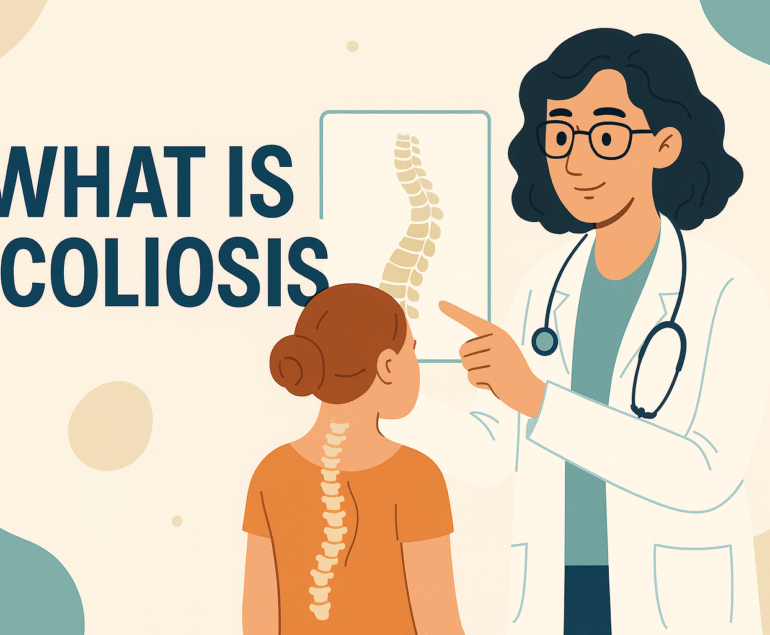Stretch or Strengthen? Understanding What Your Spine Truly Needs
Back pain is one of the most common reasons people visit doctors and physiotherapists. The first step involves ruling out conditions requiring urgent medical or surgical intervention (infections, tumours, severe spinal stenosis, cauda equina syndrome, etc.). With the decision made to begin a structured exercise program for the patients, the next critical question is: “Stretching or strengthening – what’s more important?”
It’s a question patients ask often, and the truth is, the answer depends entirely on the cause of your pain. In this blog, we’ll break down the difference between stretching vs strengthening for back pain, and share some simple, scientifically approved rules to help you understand what your spine needs.
Stretching vs Strengthening – What’s the Difference?
- Stretching/ Isotonic exercises improve flexibility by stretching the muscles and improving mobility.
- Strengthening/ Isometric exercises build core and back muscle bulk and strength to support the spine, thus improving posture, strength and endurance.
While both are essential for a healthy spine, using the correct form of exercise can help in faster and long-lasting recovery.
Rule 1: If You’re in Sharp or Shooting Pain, Don’t Stretch
Many people instinctively start stretching when their back hurts. But here’s the problem: stretching an already irritated nerve or inflamed muscle can aggravate it further.
Avoid stretching if you have
- Shooting pain down the leg (sciatica)
- Pain that worsens with bending forward
- Numbness or tingling sensations in the legs
These signs could point to conditions like disc herniation, where stretching may put more pressure on the affected nerve. In such cases, stabilization and gentle strengthening under guidance is safer.
Rule 2: Strengthen to Support the Spine
Once acute inflammation or nerve compression settles, strengthening exercises are your best long-term strategy. Building core and lower back strength stabilizes the spine, improves posture, and reduces the risk of recurrence.
Focus on
- Core activation (like dead bugs or bird dogs)
- Lower back muscles (such as bridges or Superman exercises)
- Hip stabilizers (to reduce pressure on the lumbar spine)
Strong muscles act like armour for your spine, and that’s what you need for long-term relief.
Rule 3: Stretch Strategically, Not Randomly
Make stretching your friend, not foe. It can be highly beneficial when muscles are tight and joints are stiff. But not all stretches are safe for all types of back pain.
Stretching may help if
- Your back feels stiff in the morning.
- You sit for long hours and have tight hips or hamstrings.
- Your pain is muscular, not nerve-related
Good stretches to try (after ruling out red flags)
- Cat cow stretch
- Child’s pose
- Hamstring stretch (done gently)
- Hip flexor stretch
Avoid deep forward bends or twisting motions if you have disc problems.
Rule 4: Listen to Your Body, Pain Should Never Be the Goal
Many people think that no pain, no gain applies to back exercises. It doesn’t.
If a stretch or exercise increases your pain or creates symptoms in your legs, stop immediately. A proper spine care program should feel gentle, supportive, and relieving, not stressful.
When to See a Specialist
If your pain persists despite conservative management, or if you experience red flags like leg weakness, bladder issues, fever with back pain, weight loss or any similar symptom, seek expert help. You may need imaging or a detailed evaluation before starting any exercise plan.
Remember
Stretching vs strengthening for back pain isn’t a one-size-fits-all answer. The right approach depends on the cause of your back pain, symptoms, and signs. Professional guidance makes all the difference.
🔗 Need expert spine care? Visit Dr. Archit Goyal for personalised treatment and consultation.



